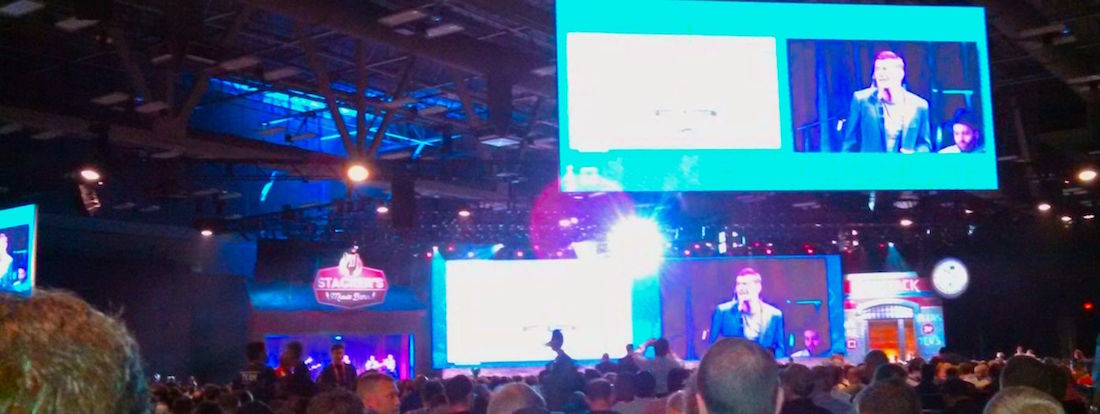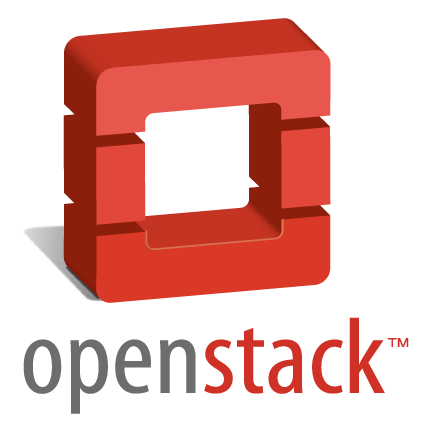
Getting its start only six years ago, OpenStack began as a joint project between Rackspace and NASA with the original goal of helping cloud computing organizations run open source software on standard hardware. By managing large pools of compute, storage and networking resources, all through a dashboard or the OpenStack API, the benefits of OpenStack are ten-fold. Some of these benefits include ease and flexibility to build out data center infrastructure with open source designs, tailored OpenStack solutions to fit a range of unique requirements, increased data center efficiency and reduced Capex through low-cost commodity hardware.
Now managed by the OpenStack Foundation and with a growing list of more than 500 member companies, OpenStack is thriving and enjoying the support of a large community of industry-leading developers and users. The OpenStack Summit represents an opportunity for members of this community to meet openly, develop reference architectures, educate themselves on the latest OpenStack advancements and network with their peers.
This year, we had the pleasure of attending the OpenStack Summit in the great city of Austin, Texas. We were happy to find that the innovation and excitement around this technology was as strong and compelling as ever. Some highlights of our experience at the conference, included:
- Keynotes: Some keynote sessions stood out from the others and provided interesting facts and outlooks for OpenStack. Among the more compelling bits of information were the following:
- The newly announced 13th OpenStack release, Mitaka, is a result of contributions from 345 organizations and touts greater manageability and scalability as well as an enhanced end-user experience. We are looking forward to testing this release in our labs, to taking full advantage of what it has to offer and to demonstrating Seagate flash’s acceleration of Mitaka.
- Gartner discussed the need for bimodal IT. This is where a stable and predictable platform is imperative, but also where agility and speed to embrace exploratory and rapid implementation of new technologies is just as important. This is a tall order to fill, but new OpenStack developments are responding to these demands.
- During its keynote, Comcast reported that 65% of its OpenStack deployments are in production. Comcast also stated one of the key features to OpenStack’s success is the use of an integrated platform with standard APIs.
- Another keynote highlighted the projection that 400 million new servers will be purchased by 2020 to handle the growing deluge of mobile and sensor data — a new approach is needed to manage the mass influx of these new servers. Cisco reinforced this idea, saying OpenStack cooperation is needed on a worldwide scale to manage all the data from mobile devices and sensors around the globe.
- Marketplace Expo Hall: With such a wide variety of hardware, software and services vendors it could have taken a good day (or two!) to visit all of them in the Expo Hall. One vendor we were happy to see was our strategic partner Mellanox. Supporting an increasing number of OpenStack cloud network deployments, Mellanox provided multiple compelling demonstrations as well as promoted joint partner solutions. Together Seagate and Mellanox strive to meet the performance, density and cost needs of open source deployments, such as Ceph, and we would like to thank Mellanox for including Seagate flash in its booth.
- Sessions: We attended quite a few Ceph sessions. Below are just a few that stood out:
- “Design for High Performance Ceph at Scale,” presented by James Saint-Rossy, from Comcast, and John Benton, from World Wide Technology.
This session centered around the deployment of large-scale Ceph clusters for OpenStack block and object store. Each of the 16x storage nodes consisted of the following:- 72x 6TB SATA HDDs for Ceph OSDs
- 3x 1.6TB PCIe NVMe for Ceph OSD journals
- 12x cores
- Dual 40 Gb/s NIC
- 5x Ceph monitors, 22x clients and 6x RADOS gateways.
- “Design for High Performance Ceph at Scale,” presented by James Saint-Rossy, from Comcast, and John Benton, from World Wide Technology.
Before deploying Ceph, the speakers suggested considering customer cost, performance and data availability requirements. This team reported that it encountered performance scaling issues isolated to the memory allocator (TCMalloc) and switched to an allocator (JEMalloc) to resolve the issue. They also ran into a NUMA bottleneck that required mapping of resources and pinning of routines to minimize socket-to-socket communication. Additional performance tips included:
- OS tuning focused on increasing the number of concurrent threads and file handlers.
- Configure network to utilize jumbo frames.
- Tune network flow control to minimize latency and overhead.
- Use an HBA or RAID controller.
- Use replication and not eraser coding.
- Scan for slow drives not marked failed and out by Ceph.
- “Ceph and the Future of Storage,” presented by Sage Weil from Red Hat.
Ceph 10.1.0, or Jewel, brings I/O scheduler improvements, unified queue, BlueStore (replacing NewStore) and cache tiering. BlueStore utilizes the RocksDB database for OSD object management metadata, which can be placed on flash storage, along with journals, to accelerate Ceph. BlueStore provides atomic transactions and avoids double writes. The result is small writes that are 70% faster and large writes that are 2x faster, as well as many other block storage (RBD) and gateway (RGW) improvements. We are looking forward to testing BlueStore in our own labs and will be eagerly waiting the start of its production.
- “Ceph and the Future of Storage,” presented by Sage Weil from Red Hat.
- Austin Nightlife: OpenStack put on a great street party on Tuesday night. The OpenStack sponsors took over a street of small stores and provided attendees with food, music and activities. While we did not partake, we had a great time watching OpenStack attendees ride the mechanical bull as well as taking in some of the best BBQ you could find. A true Austin experience!
 As true to its form, the OpenStack Summit did not disappoint. The innovation and collaboration never gets stale and continues to progress and evolve. One resounding theme was the need to transition to open source – Collaborate and adapt or perish! OpenStack is no longer a novel idea, it is here and now. It was also great to hear about how flash technology, our focus at Seagate, is making a significant impact and contribution to OpenStack. Moreover, it was quite fitting that although we saw other vendors displaying their flash products, none of those products compared in performance to Seagate’s new single flash storage AIC controllers, which provide 1M IOPS and 10GB/s, exceeding the performance of the fully populated all-flash units from these other vendors.
As true to its form, the OpenStack Summit did not disappoint. The innovation and collaboration never gets stale and continues to progress and evolve. One resounding theme was the need to transition to open source – Collaborate and adapt or perish! OpenStack is no longer a novel idea, it is here and now. It was also great to hear about how flash technology, our focus at Seagate, is making a significant impact and contribution to OpenStack. Moreover, it was quite fitting that although we saw other vendors displaying their flash products, none of those products compared in performance to Seagate’s new single flash storage AIC controllers, which provide 1M IOPS and 10GB/s, exceeding the performance of the fully populated all-flash units from these other vendors.
As we march toward 2017, we are looking forward to more advances in OpenStack and highlighting how Seagate flash technologies are a key building block to its success.







